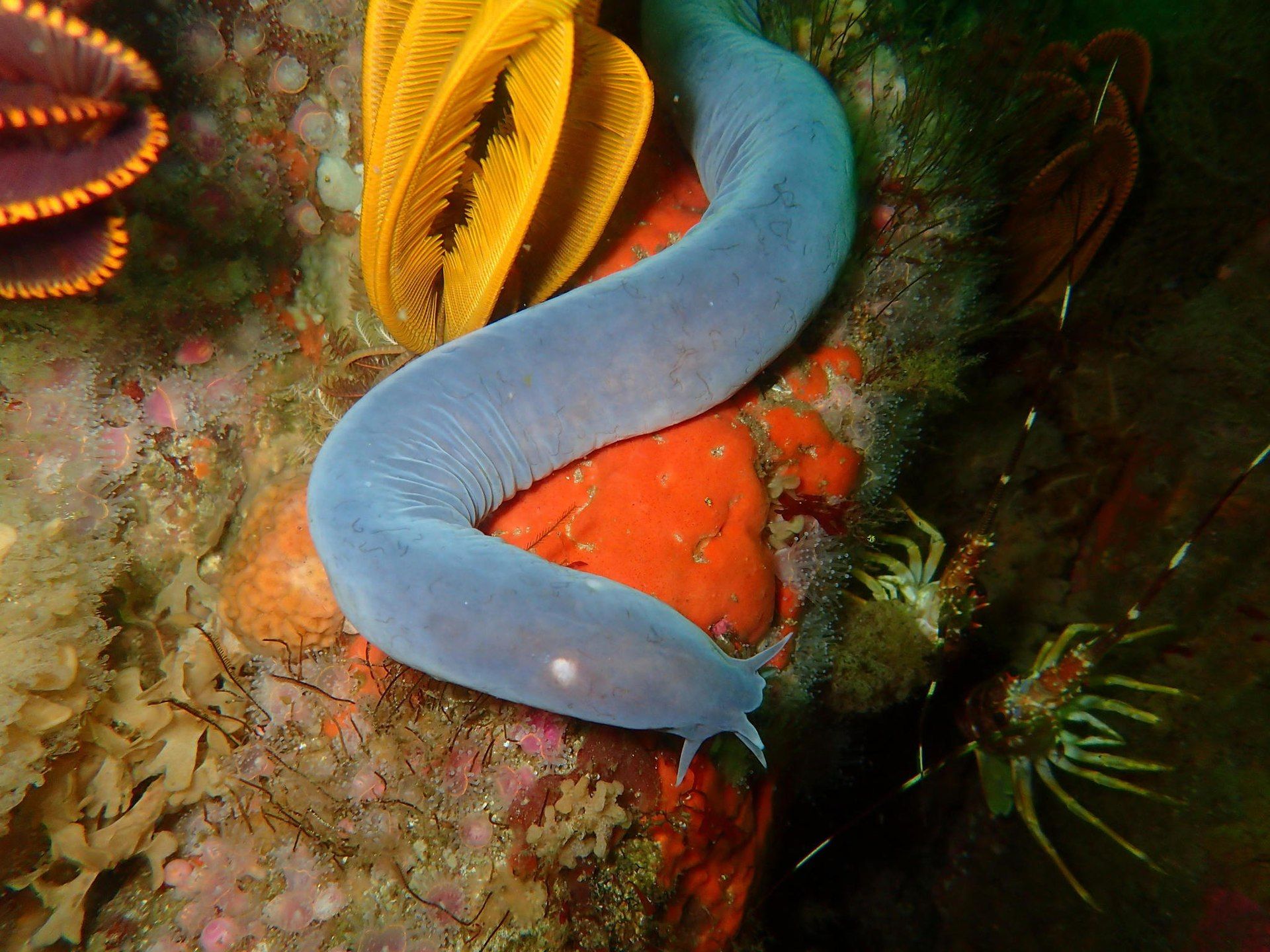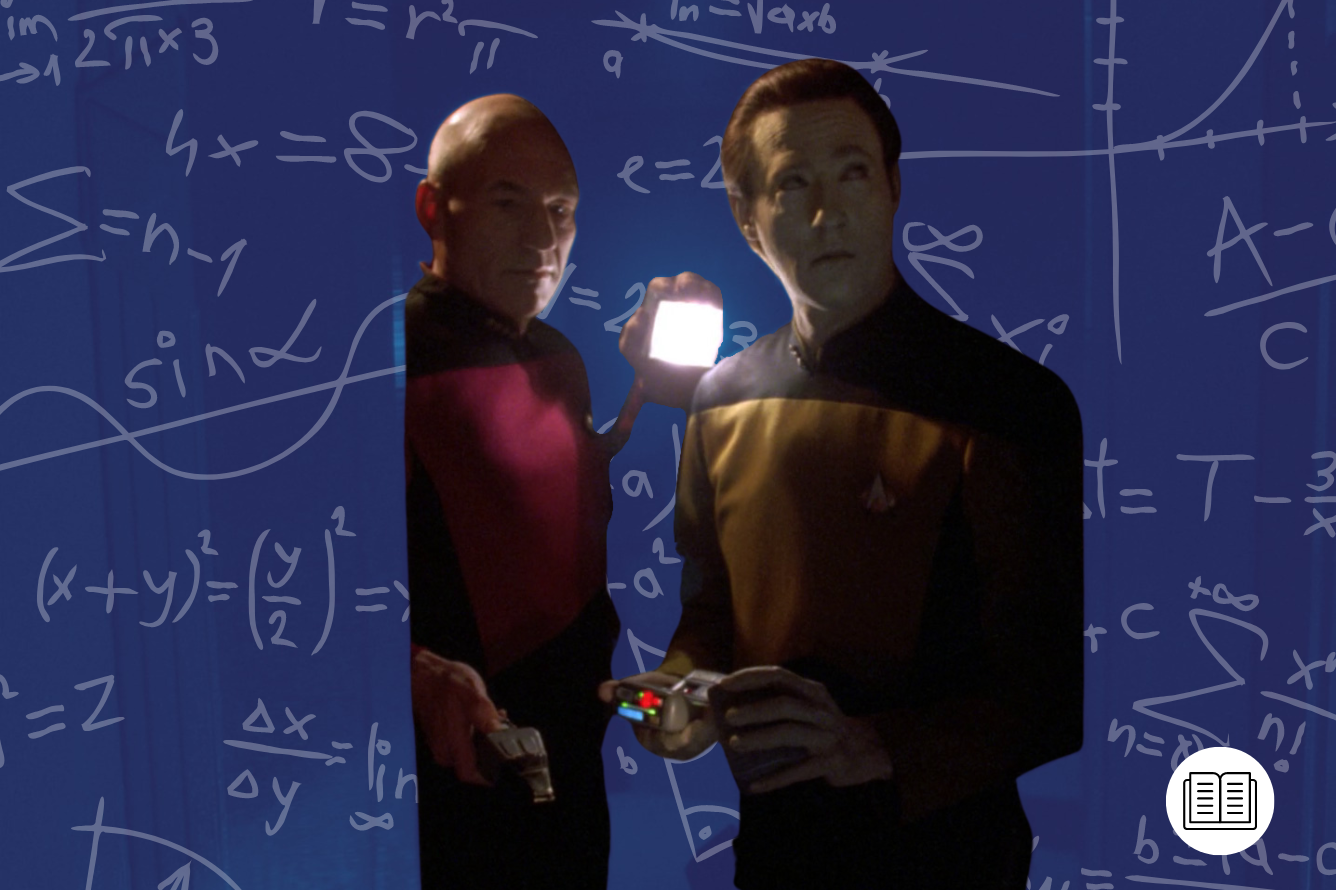By the time I was 9, I’d amassed a whole bunch of irrational fears from watching too many movies and TV shows I wasn’t meant to watch and reading too many books I wasn’t meant to read. Spontaneous human combustion, quicksand, chest-busting aliens, and brain-eating amoebas were among my top ten. But perched at the top for longer than I’d care to admit, was: what if, one day, I de-evolve?
I took a quick Twitter poll before writing this, and, it turns out, bursting into flames and somehow finding yourself in the middle of a whole load of quicksand were pretty common childhood fears. De-evolving, however, seems to be unique to me. But, reassuringly, I know exactly where it comes from.
In the mid-90s, I watched the brilliant and bonkers Super Mario Bros (1993) movie. In it, President Koopa (Dennis Hopper) had a Devo Chamber, a huge room with a de-evolution machine inside. He used this as punishment to turn people (who in his dimension are descended from dinosaurs) back into reptile-like ‘Goombas’ by choosing the ‘cretaceous’ setting or, simply, ooze by picking the ‘primordial’ one.
But my de-evolution fear was further crystallized when I watched the Star Trek: The Next Generation episode ‘Genesis’ (S7, Ep19), in which the crew of Enterprise-D suddenly and mysteriously de-evolve.
If this unforgettable episode has somehow passed you by, it’s exactly as it sounds. Thanks to some unintentional genetic tinkering, the whole crew de-evolve into species that exhibit traits and behaviors long dormant in their DNA – well, except for Data, he didn’t become a Nokia 3210. As you might expect, it makes for fascinating, frightening, and scientifically-shaky viewing.
Choose Your Fighter: Alien, Caveman, or Big Frog
Many elements make this one of Trek’s most memorable and horrifying stories. For starters, the pacing is excellent. There are rumblings of problems in the first act, then – BOOM. Captain Jean-Luc Picard (Patrick Stewart) and Data (Brent Spiner) return from an away mission in a shuttle, and we see Enterprise-D through their eyes a few days later – it’s in free-fall, spinning through space.
When they step onto the ghost ship, things turn very Ridley Scott’s Alien (1979) very fast. Especially considering Worf (Michael Dorn) de-evolved into an almost Giger-esque creature – an exoskeleton-armored, proto-Klingon with Alien-meets-Predator vibes.

But ‘Genesis’ doesn’t just lean on this big bad monster thread. It’s made all the more disturbing because no one on the ship is themselves anymore. Troi (Marina Sirtis) becomes an amphibious creature, Riker (Jonathan Frakes) an aggressive caveman, Barclay (Dwight Schultz) some kind of spider, a crew member we, unfortunately, don’t get a look at sheds their skin like a snake. Even Picard begins to exhibit signs, which ‘Mr. Bedside Manners’ Data informs him is because he’ll soon become: “An earlier form of primate, possibly similar to a lemur or pygmy-marmoset.”

Keen to learn more about this episode, unpick the imagined science behind it – and, secretly, exorcise my fears that it’s only a matter of time before I either spontaneously combust or de-evolve – I asked two biologists who specialize in evolution the big question: could we ever de-evolve?
What Happens in ‘Genesis’
First, let’s briefly look at the science fiction of this episode. The reason the crew de-evolve is all thanks to Reginald Endicott Barclay III (Dwight Schultz). He shows up at sickbay with a case of Urodelan flu. Dr. Crusher (Gates McFadden) tells him humans are usually immune, but because he isn’t, she activates a dormant gene with a synthetic T-cell in the hope his body will fight infection (big mistake).

Due to an anomaly in Barclay’s genes, the T-cells Dr. Crusher injects instead deliver a mutation, which activates all of his dormant genes. He then somehow transmits this gene-switching-on mutation to other members of the crew.
“I have analyzed Commander Riker’s DNA structure,” Data tells Picard. “A synthetic T-cell has invaded his genetic code. This T-cell has begun to activate his latent introns.” That’s right, introns – the unexpected main star of this episode.
Data explains that introns are genetic codes that usually are dormant. “They are evolutionary holdovers – sequences of DNA that provided key physical and behavioral characteristics millions of years ago, but are no longer necessary,” he says. Using Deanna Troi (Marina Sirtis) as an example, he tells Picard that her gill slits and amphibious traits were “derived from introns which still contain amphibious codes […] the DNA is creating an amphibious lifeform which became extinct over 50 million years ago.”

This is why Riker becomes a caveman (or, more correctly, Australopithecine), Worf becomes a prehistoric exoskeleton-clad creature, and Data’s cat Spot turns into a lizard. But, hold up, why is Spot a lizard, and why does human being Barclay become a spider? One explanation is that, because all life on Earth started as single-celled organisms, all of the DNA is still encoded in our cells. Another is that the writers simply didn’t think too hard about it and decided that making awkward Barclay a terrifying arachnid might be pretty cool.

Everything gets resolved thanks to non-de-evolving Data. Although Spot is a lizard, he notices that her newborn kittens are still regular newborn kittens. He discovers that the antibodies in amniotic fluid prevent the infection from spreading, so he borrows some from pregnant Nurse Alyssa Ogawa (Patti Yasutake) – who also becomes a primate.
Well, that certainly sounded ridiculous and hand-wavy. But what do the experts think?
Relict Genes and Convergenge
“When one says ‘de-evolve’, I interpret that scientifically to mean changing over generations to a form that resembles one’s ancestors,” Mohamed Noor the Professor of Biology and Dean of Natural Sciences at Duke Trinity College of Arts and Sciences, author of Live Long and Evolve: What Star Trek Can Teach Us about Evolution, Genetics, and Life on Other Worlds, and a consultant on Star Trek: Discovery Seasons 3 and 4, tells me. So rather than seeing this as hitting a rewind button – or sitting in the de-evolution machine chair and selecting the ‘Jurassic’ setting – in real life, this is more about continuing to evolve, and some of those traits happen to be similar to ones from the past.
Fascinatingly, there are examples of this happening in nature. “Natural selection may favor a trait that existed in the distant past but was lost,” Noor tells me. He uses the example of dolphins, which he explains descended from hoofed land mammals more recently than their fish ancestors.

But he says thinking of this as a kind of de-evolution isn’t accurate, a better way of explaining it is convergence. “Basically, similar natural selection pressures from being in similar environments led to a similar biological solution,” he says.
In a similar way, it’s possible to “switch off” genes. “Hagfish have done this, they seem to have disabled the genes that cause them to grow eyes and form vertebrae,” Dr. Nick Longrich, a paleontologist and evolutionary biologist at the University of Bath, says.
“The result is that the hagfish looks very primitive; for a long time it was thought they weren’t even vertebrates, but some primitive lineage outside the vertebrates. It later turned out that their DNA links them with vertebrates after all.”
Similar to ‘Genesis’, we do have what’s known as “relict” genes, which Noor says are in our bodies but are no longer functional. “For instance, humans have a broken version of the vitamin-C-producing gene that dogs or other mammals have,” he tells me. But explains that ‘Genesis’ erroneously calls these “introns”. Instead, Noor explains: “Introns are something else, these are actually called ‘pseudogenes.’”

This sounds like ‘Genesis’, right? Deanna becomes amphibious because these amphibious characteristics and behaviors – gills, a desperate need to get into a bath – might be in her pseudogenes. But the problem is, they wouldn’t be able to work the same. “These broken genes usually can’t just be ‘turned on’ to get the same outcome since they have been rather broken by many mutations over many generations,” Noor tells us.
Dr. Longrich recommends thinking of genes a bit like software. “It’s possible to delete that software to eliminate functionality from a computer, but once you’ve deleted it from your computer, it’s gone,” he says. “Once ostriches lose the ability to fly, you can’t just flip a gene and get the wings back in a functional form.”
Dr. Longrich continues with the computer-related analogies, which I think work really well to get to the bottom of why we’re not all going to start de-evolving – even if Barclay shows up. “We don’t track the edits to our genes we’ve made like Microsoft Word or Google Docs does to your documents, so you can undo all the changes. There’s not like an internal setting that you just turn up or down from ‘more evolved’ to ‘less evolved’,” he says. Although he does reference Philip K. Dick’s The Three Stigmata of Palmer Eldritch (1965), in which people go to get therapy to make them more evolved, with bigger heads and higher intelligence. But, of course, that’s just as sci-fi as Star Trek.
“That’s the problem with ‘de-evolution’ in an overly literal sense,” Noor says.
“The codes for our past ancestors’ forms are mostly long-lost from our bodies and genomes.”
But that doesn’t stop ‘Genesis’ from being frightening and fascinating fun. What’s more, looking beyond the proto-monsters hellbent on eating or mating with other members of the crew, there might even be a warm and fuzzy Star Trek lesson here, too.
“The biggest thing I appreciated here was the full acceptance of shared ancestry of all Earth life,” Noor tells me. Rather than see it as wishy-washy writing that Spot becomes a lizard and Barclay a spider, maybe there’s a bigger point to be made. “We DO share ancestors with other primates, amphibians, and spiders,” Noor says. “I am always pleased that Star Trek embraces that fact.”
This article was first published on May 4th, 2022, on the original Companion website.
The cost of your membership has allowed us to mentor new writers and allowed us to reflect the diversity of voices within fandom. None of this is possible without you. Thank you. 🙂










